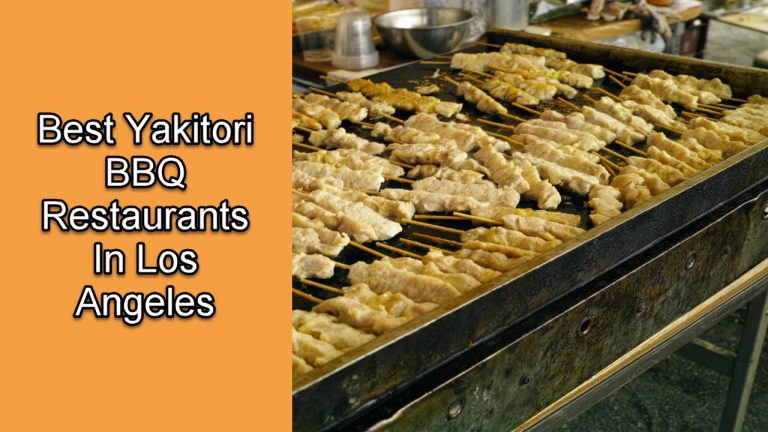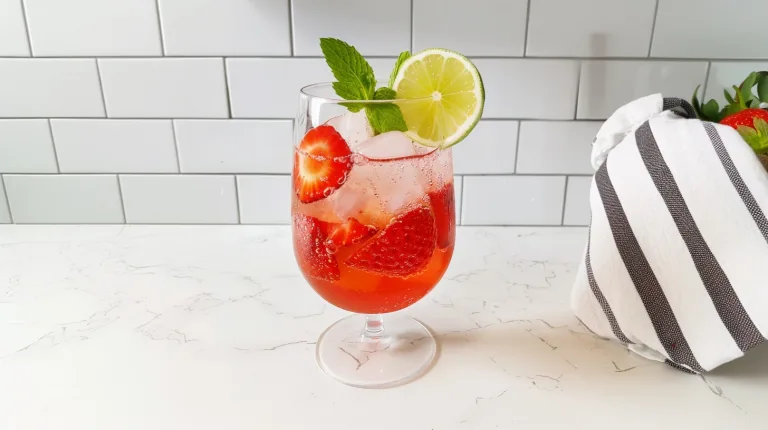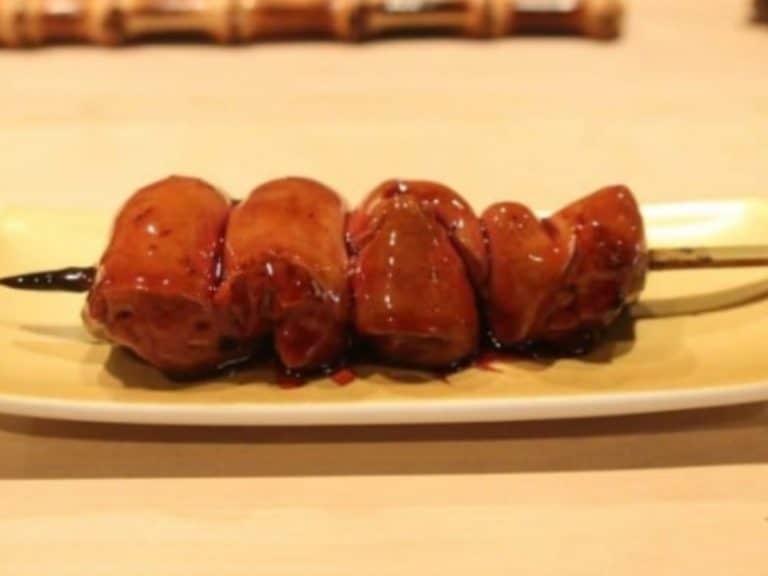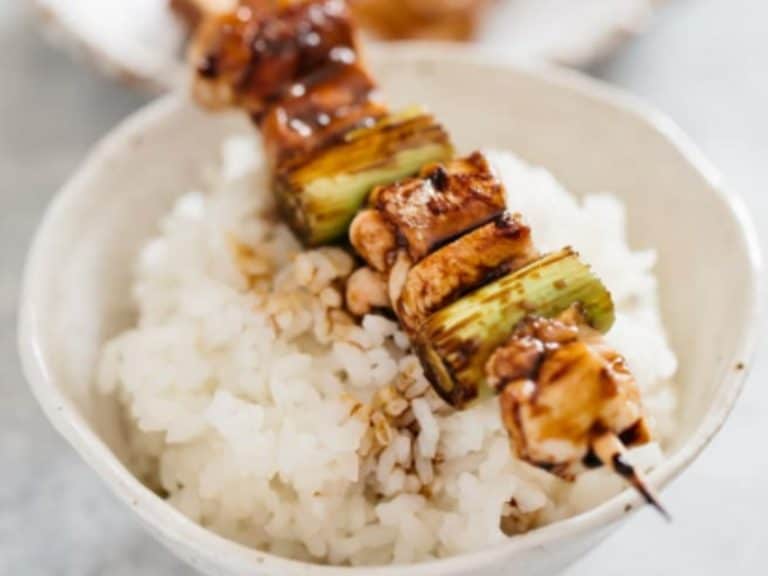7 Different Types of Sake with Images
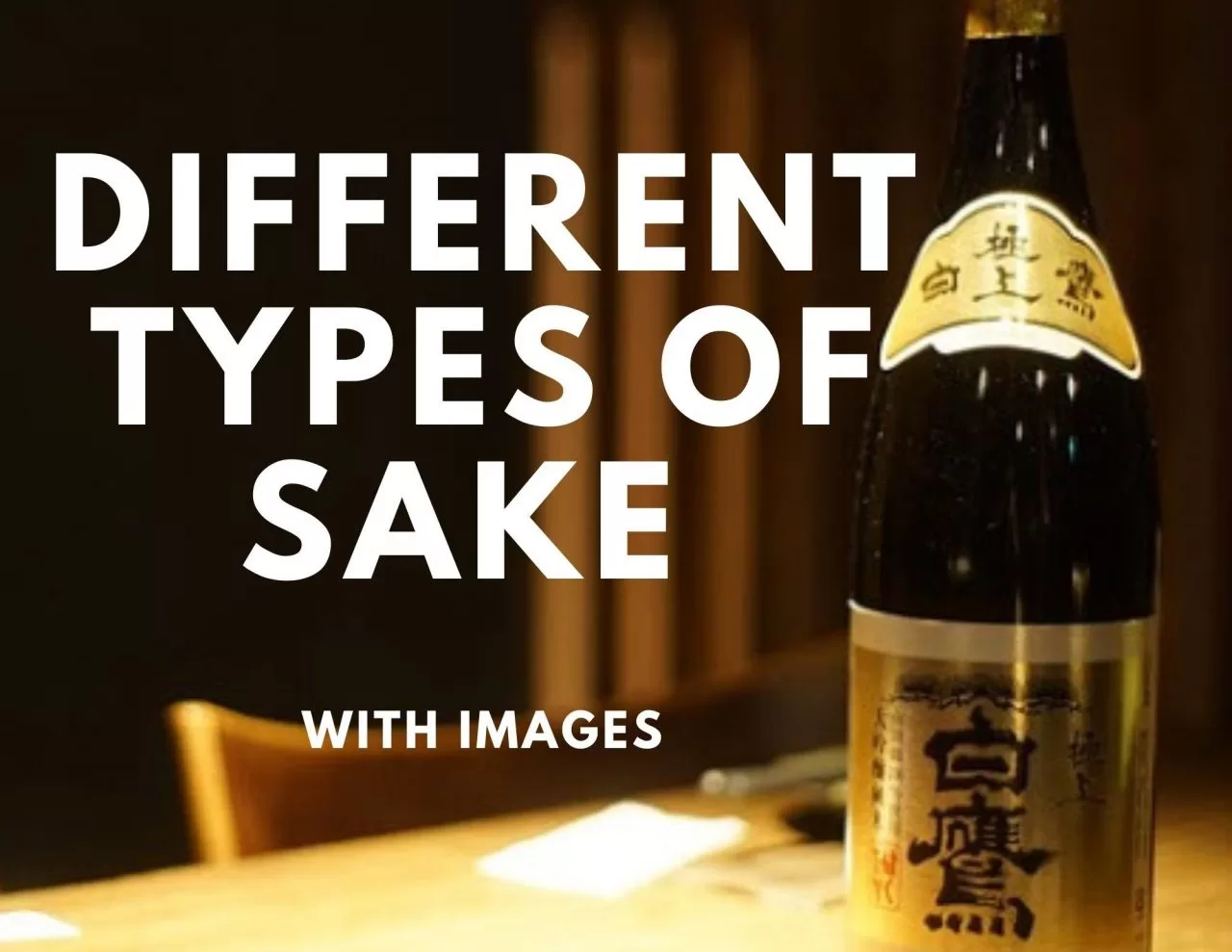
Sake, or saké, is a Japanese alcoholic fermented rice beverage made with rice grain that has undergone a polishing procedure to remove the bran. This is actually Japan’s national and official drink.
Sake has different tastes due to the different rice polishing ratio that the rice may have undergone and how it has been fermented through different brewing techniques. This is why if you will discover the different types of sake, you will find a lot of them.
By default, the types of sake are categorized whether it has been domestically produced or has been imported. They are also graded into premium Sake or common Sake. Premium Sakes may have brewer’s alcohol added or none at all, just pure rice.
Addition of these brewer’s alcohol, either pure distilled alcohol or non-distilled alcohol, won’t affect the alcohol content in the sake. Actually, they would enhance their aroma to a more fragrant style.
What Are The Different Types of Sake
It is time to get to know more about the types of sake and their exhibited qualities. That might be a good thing to do before you go to your local store and look for one.

Junmai Sake
Junmai sake is a premium sake type that has pure undiluted sake and no brewer’s alcohol is added to it. This pure rice sake will let you experience sake’s true, focused palate that is not common in the sake world.
Also called as Junmai-shu, this type of sake has no added starch or sugar to the alcohol. Instead, Junmai uses SeimaiBuai for a minimum of 70% of milled rice. That means the rice polishing used in Junmai-shu only removes 30% of the rice kernel or the outer layer of the rice.
Though there is no specific ratio of the rice polishing used in Junmai-shu sake, they have to print that on the bottles as mandated by the Japanese National tax agency. To produce the best quality of Junmai-shu, you will need to brew it at medium-to-high temperatures and they should be brewed in quicker batches.

Ginjo-Shu Sake
Ginjo-shu is made of white rice, which is made at a 60% ratio of rice polishing and uses the low temperature fermentation pattern known as ginjo zukuri. The polishing procedure also helps the junmai ginjo-shu achieve its fragrant and fresh aroma.
With that rich and mellow flavor, junmai ginjo-shu sake may be brewed to possess a dry, sweet or neutral taste. The ginjo-shu sake is also considered as one of the most versatile types of sake. To serve chilled or warm sake, this type of sake can still be enjoyed in different ranges of temperatures.
The process of making the ginjo-shu includes fermenting a special type of yeast and the rice mash in low temperatures. The techniques may require more labor compared to making other types of sake.
The procedure also includes brewing the sake at lower temperatures. That might be time consuming, but what you will have is a sake that is light and fragrant with greater complexity.
Sake grades like the ginjo sake offer a breath of fresh air with its taste, body and aroma. It has an elegant range of tart, sugar and bread notes without the acidity found in other sake grades.
It has a taste that is light in the mouth and body, with sips that fade into a smooth finish. It can be paired with light and mild foods perfectly.

Tokubetsu Junmai
Translated as “special pure” Tokubetsu Junmai is a high quality or premium sake that is made of a polishing ratio of rice at 60% or less. It is also made of pure rice as there is no added brewer’s alcohol in this sake.
The process of selecting the variety of rice is special as the notably large-grain rice is used to make this kind of sake. It is cultivated over the years to have lower protein amounts and a higher water solubility.
There have been many attempts to perfect the procedure of this sake, but around the 17th century, Junmai production techniques were perfected. They use “soft” water, such as those that came from melted mountainside snow, to brew rice mash out of steamed rice.
When compared to the junmai ordinary sake, the tokubetsu variety holds a lighter, crisper and more refined palate. That’s the reason why it is perfect to be paired with lightly oiled or fried foods, such as Japanese tempura, fried chicken and fish.

Honjozo-Shu
Honjozo sake is actually a type of tokutei meisho wushu, which is a “special designation” sake. The process includes adding a process of fortification. That means a small amount of distilled alcohol is added into the moromi at the end of the fermentation process.
The procedure of adding a small amount of distilled alcohol before the pressing stage of sake production has its own purpose. It generally boosts the sake’s ABV and shelf life. It also adds complexity to the sake’s whole profile.
The sake’s rice mash fermentation will be able to provide deeper flavors and aromas once the brewers alcohol has been added. The honjozo has a lighter body due to that procedure, thus, it tends to produce dryer beverages with longer, robust finishes.
Since the honjozo-shu has mild 70% or less polishing of rice, it is pleasantly acidic, light in body but savory as they linger. That flavor is best to be paired with grilled meats, like steaks and burgers, or grilled or sauteed veggies and kebabs.
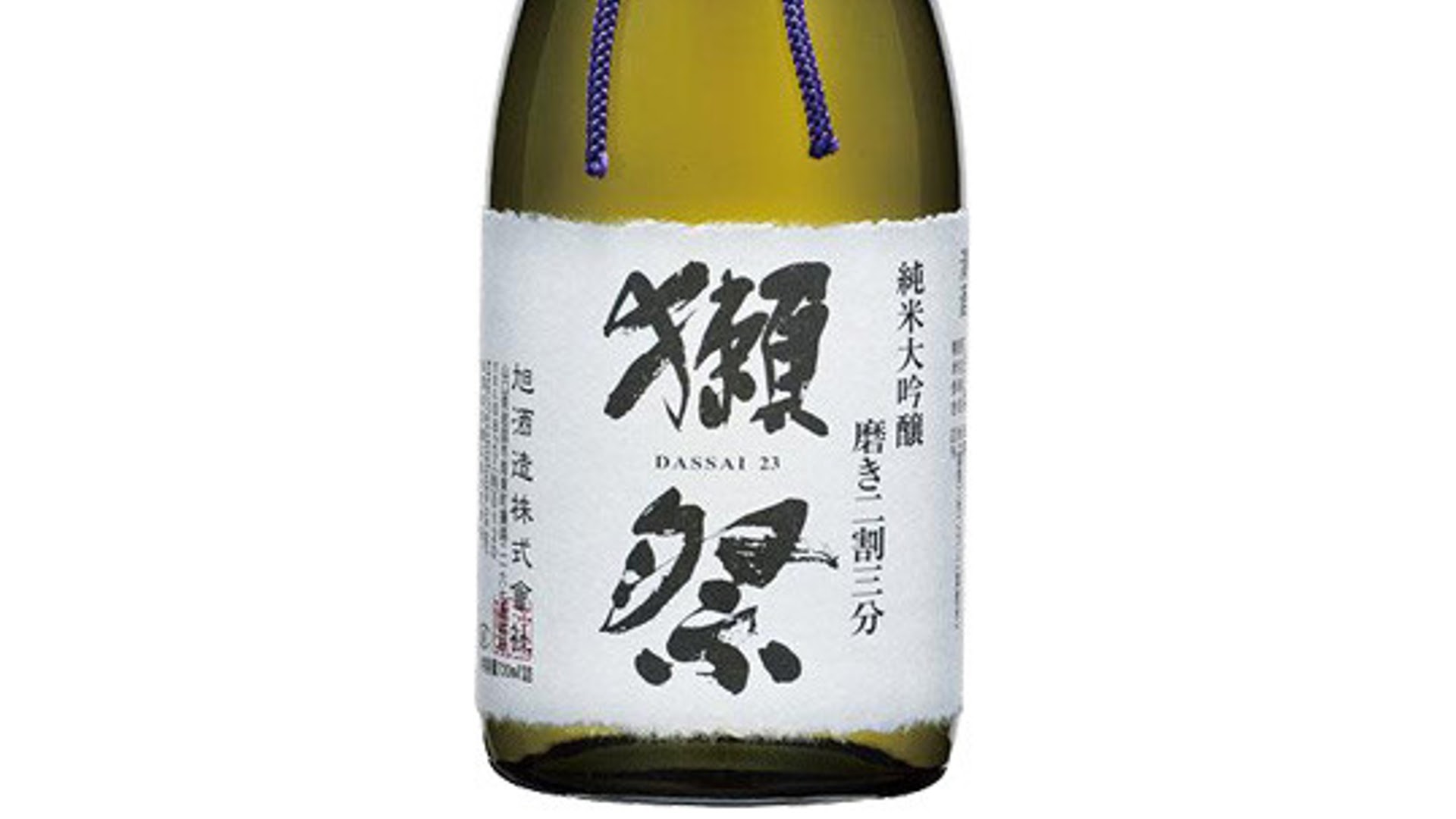
Junmai Daiginjo
The junmai daiginjo sake is the highest grade of sake and also the traditional rice wine which has become a strong symbol of Japan’s beverage culture. It is also similar to the junmai ginjo sake production, but the highest amount of rice is polished away, which has a ratio of 50%.
The truly delicate flavor finesse with this grade of sake is a result of a very delicate fermentation process by converting pure rice starch into sugar for fermentation, while minimizing the proteins and minerals in their base.
The process of brewing the junmai daiginjo sake is time-intensive and needs to be fermented in low-temperature. Opening a bottle of this sake will provide an aromatic scent that is complemented by rich, lush and refined fruit flavors. You will also get that subtle umami finish after drinking it.
Just like the other types of sake, different dishes go well with the junmai daiginjo. That includes sushi with white fish, shellfish, poached chicken breast, brie and cambozola cheese.
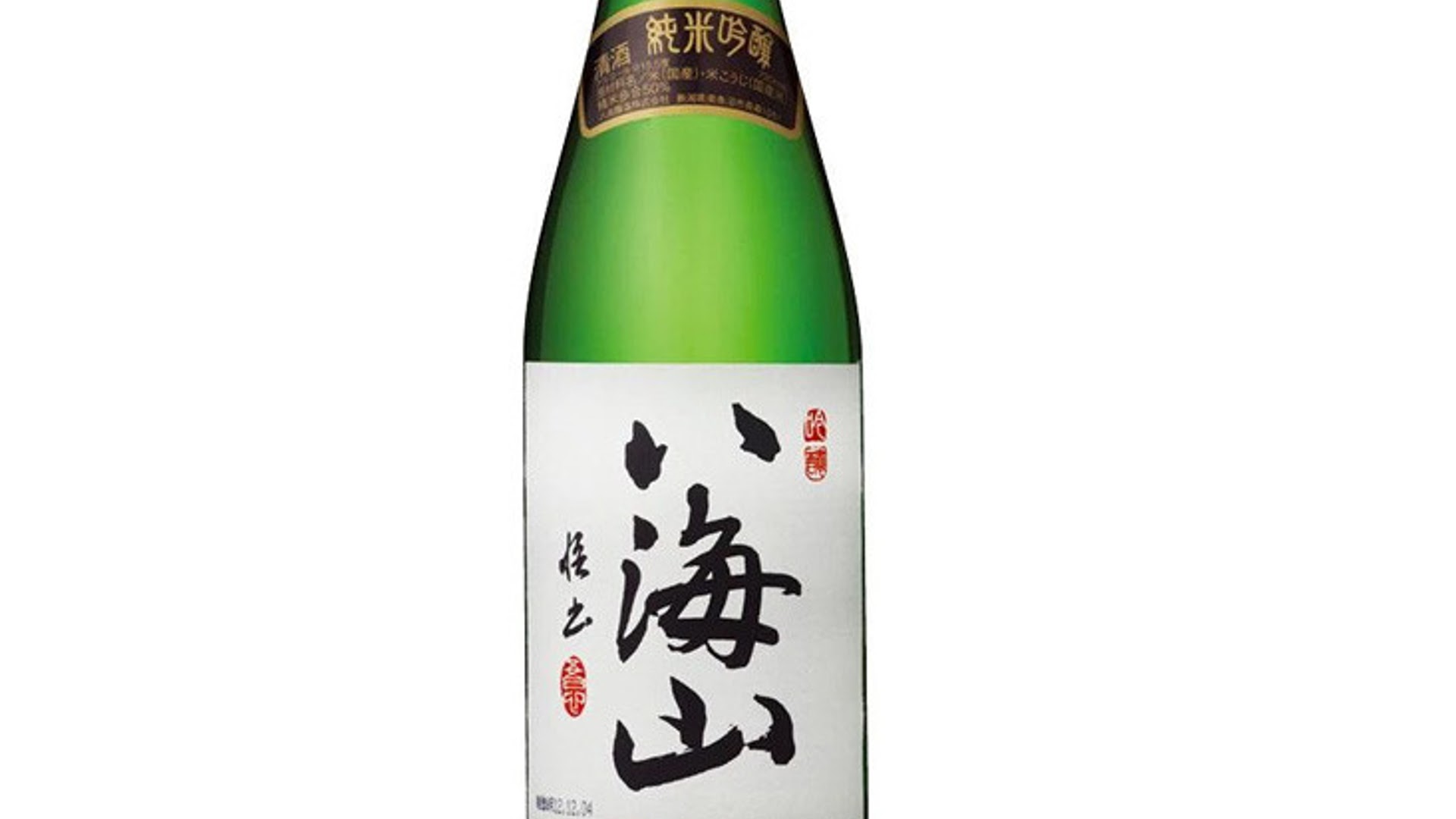
Junmai Ginjo
Junmai ginjo sake is a simple form of sake that is made of only the simplest ingredients of rice, water, mold, and yeast. Junmai ginjo can be translated into rice and water milled to 60%.
The process of making this sake involves the use of Gin-jikomi production method. It is a method where the sake undergoes low-temperature fermentation for a long period of time and the brewmaster selects sake-specific rice varieties.
With the low-temperature fermentation procedure and the special yeast, the flavor of junmai ginjo-shu sake is delicate and fruitier than other Junmai sakes. It also has a distinct floral aroma.
Burritos and tandoori meats would be best served with a chilled junmai ginjo. Japanese sushi and sashimi would also work well with this particular sake.
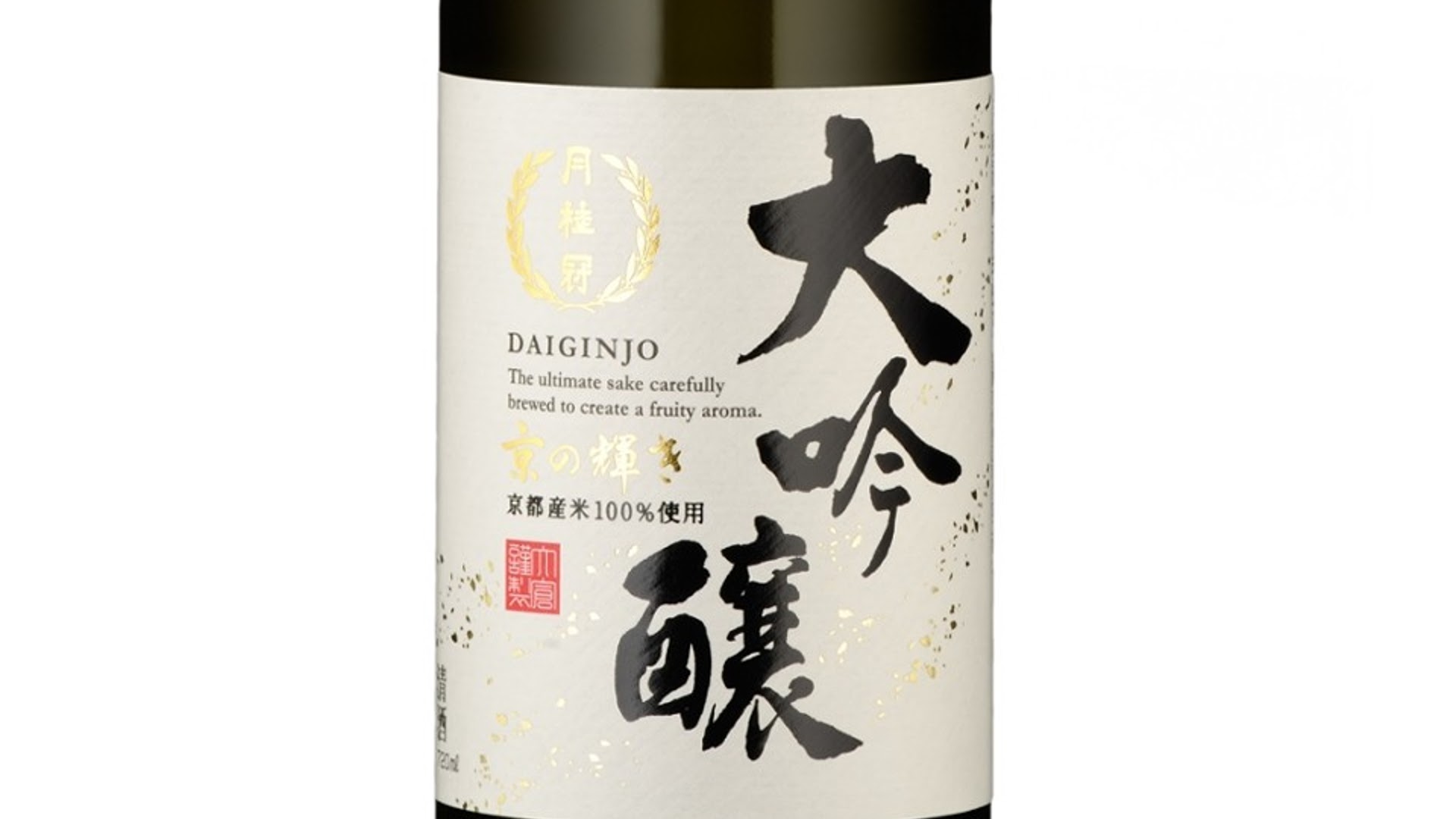
Daiginjo
Known as big ginjo shu, daiginjo is the most prized bottling of the different types of sake brewery. This super premium sake uses highly polished rice at a 50% ratio. That polishing ratio would let the kernels get exposed and the starchy cores ready to sweeten.
From polishing the rice to adding brewers alcohol to the finely trimmed fermented rice mash, this complex procedure gives daiginjo a fruity and jammy flavors. It complements well with its perfume notes.
It is best to be served chilled, either solo or with a variety of dishes. Pho, dim sum and mild pad thai would pair well with the daiginjo.
Are There Other Classifications of Sake
Sake are also classified based on their usage and qualities. You might find other sakes such as sparkling sake, nigori sake, unpasteurized sake, nama sake, unfiltered sake, table sake or draft sake. Sake brewing is one of the major factors on how they are determined.
Most sake are classified into premium sake grades due to the ratio of how the rice has been polished. There are different types of rice being used as well, just like koji rice.
If you are looking for a type of sake that might interest you, you can check the different names of the sake. You might want to try muroka sake, kimoto sake, namazume sake, koshu sake, or cedar sake.
Sake making is a very interesting procedure. Some may produce a clear texture, like a sparkling wine, while some may provide a cloudy sake. You might also encounter a full-bodied sake with an added alcohol as well. There is a type of sake that has lactic acid on them, like the dessert sake.

